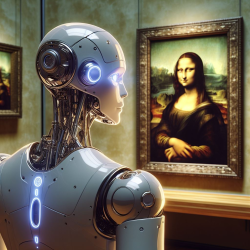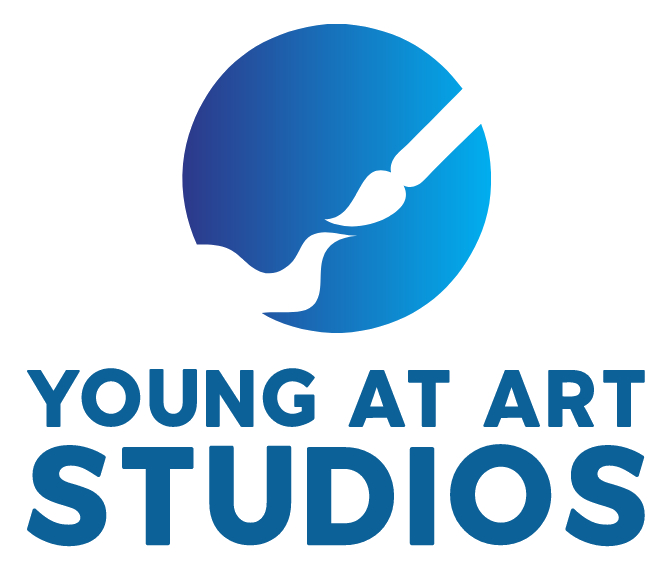Artificial Intelligence as an Art Critic
Can AI be used to critique a painting?
Tech Talk
2024-04-06
In the last issue of Island Arts Magazine, I wrote about using AI responsibly. I received an email from Brian in Cobble Hill asking if Artificial Intelligence (AI) could be used to critique art. My initial response was no, but that needed to be corrected. I felt all art is subjective, and AI would be incapable of analyzing it.
After doing some more research, yes, with the assistance of AI, here is a more accurate response to that question.
Artificial Intelligence (AI) has revolutionized various fields, including art. It has enabled the creation of stunning digital art and helped curate and preserve priceless works of art. However, the question remains: can AI be used to critique a painting?

The short answer is yes. AI can be used to critique paintings, and it has already been done. In recent years, researchers have developed algorithms that can analyze and rate the aesthetic quality of paintings. These algorithms work by analyzing various features of a painting, such as colour, composition, and texture, and using these features to determine the painting's overall aesthetic value.
One such algorithm is the "Turing Test for Creativity," developed by researchers at Rutgers University. This algorithm uses deep learning techniques to analyze paintings and rate their aesthetic quality. The algorithm has been tested on a large dataset of paintings and has shown promising results.
Another algorithm for critiquing paintings is the "Neural Art Critic," developed by Rutgers and the University of Chicago researchers. This algorithm uses a neural network to analyze paintings and rate their aesthetic quality. It has been tested on a dataset of paintings and has shown a high degree of accuracy in rating them.
However, while AI can be used to critique paintings, some limitations exist. For example, AI algorithms are only as good as the data they are trained on. If the algorithm is trained on a biased dataset, it may produce biased results. Additionally, AI algorithms cannot understand the cultural and historical context in which a painting was created. The algorithm may need help fully appreciating a painting's aesthetic value's nuances.
Art is a subjective experience, and what one person finds aesthetically pleasing, another may not. While AI algorithms can provide a quantitative measure of a painting's aesthetic quality, they cannot capture the subjective experience of viewing a painting.
So, yes, AI can be used to critique paintings and has shown promising results. However, AI algorithms are not a substitute for human art critics, who can provide a more nuanced and subjective assessment of a painting's aesthetic value. AI can assist art critics in their work but cannot replace them.
Here are a few online AI Art Critics:
- https://aiartcritic.com/critic/
- https://theresanaiforthat.com/s/art+critique/
- https://chat.openai.com/g/g-84dfN2cn6-ai-art-critic-gpt
